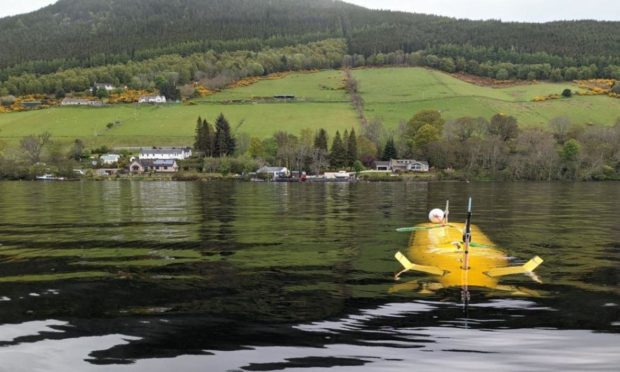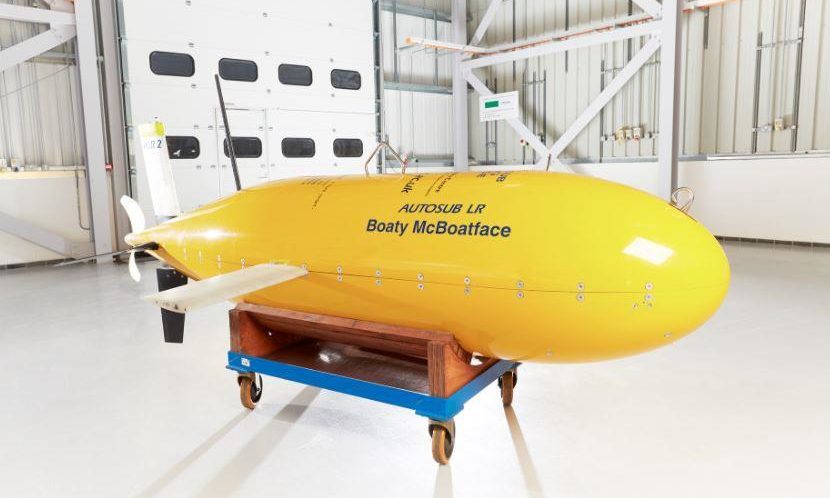Boaty McBoatface has gone diving with Nessie as part of a trial of robot submarines in Loch Ness.
The National Oceanography Centre is running experiments in the Highlands to pave the way for safer and cheaper underwater explorations.
Experts have been running tests from near Dumnadrochit for the last month with the work due to finish on Saturday.
What are the Loch Ness tests all about?
The Loch Ness tests have been designed by marine scientists to prepare Boaty McBoatface for exploring unexplored and challenging under-ice and deep-ocean environments.
The robot submarine is part of a fleet of six that will open new opportunities for research to take place where no one has gone before, including underneath and up close to melting ice caps.
New technologies are currently being tested in the trial ahead of a ground-breaking expedition to the melting Thwaites Glacier in the Antarctic next year.
Boaty McBoatface gained public fame in 2016 following a poll to name a new research ship.
However, despite overwhelming support for the idea, the vessel was instead christened RRS Sir David Attenborough with the public’s choice instead going to the robot submarine.
Boaty McBoatface leading UK research
Loch Ness has been chosen for the trials due to the machinery being able to dive to depths of more than 700ft while still being able to recover more easily than at sea.
Project management manager Kristian Thaller said: “These vehicles are the next generation of pioneering systems that will push the boundaries of how we look to explore the ocean in the future.
“The trials in Loch Ness will ensure that UK researchers have access to cutting-edge technologies that enable world-leading science, whilst lowering the cost and reducing the environmental impact of missions by removing the need of a supporting research ship.
“Our development in autonomous vehicles means that scientific research is one step closer to net-zero emissions, because of the advances in the robots’ technology systems.”
The fleet of robot submarines, including Boaty McBoatface, are capable of being deployed for up to three months at a time while reaching depths of nearly 20,000ft.

